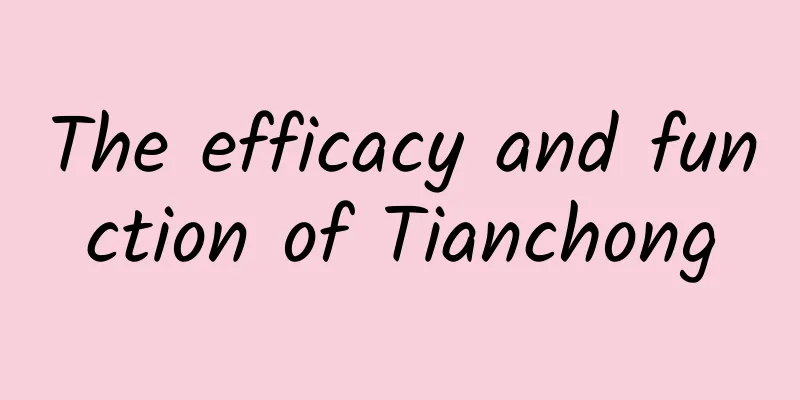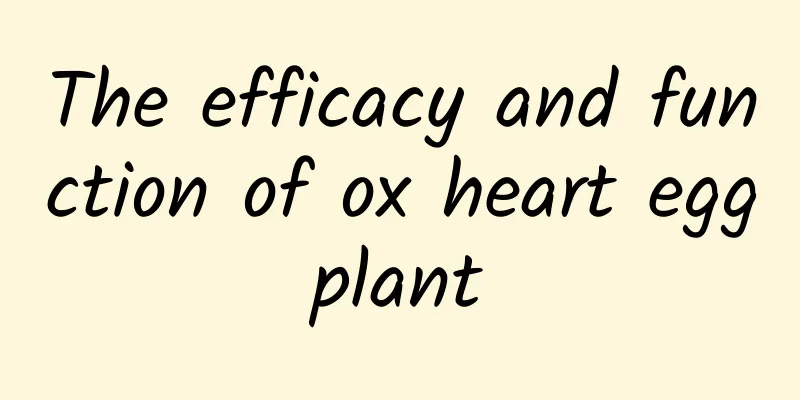How did these cultural relics survive the centuries of wind and rain and multiple earthquakes and still stand?

|
Over the long years, the ancient buildings on the central axis have withstood hundreds of years of wind and rain and multiple earthquakes, but they are still standing. Behind this is the dual protection of the ancients' outstanding architectural wisdom and modern scientific and technological power. We specially invited Mr. Zhang Wenge, Secretary General of the Cultural Relics Building Inspection, Identification and Earthquake Resistance Assessment Professional Committee of the China Cultural Relics Protection Technology Association, to give an authoritative interpretation on the earthquake resistance and earthquake prevention of cultural relics buildings. How do cultural relics buildings resist earthquakes? A First, we conducted a detailed investigation on the damage caused by earthquakes to cultural relics and buildings. What kind of damage might cultural relics and buildings suffer after an earthquake? Which parts are weak links? In addition, we have determined the seismic fortification targets for cultural relics buildings. In this standard, the assessment is conducted at two levels. The first level is based on the structural characteristics of cultural relics buildings and the corresponding protection parts. The second level is based on the first level. If the first level fails, the second level will be conducted, and the bearing capacity will be verified. So it is one goal and two levels of assessment. In the third part, we also put forward a targeted assessment of key protected areas. The current architectural design generally has a lifespan of 50 years, but for the protection of ancient buildings, we hope that they will last for a long time, not just a few decades. For example, the Forbidden City has been around for 600 years, and the Forbidden City's director Shan also said that he hopes that it will be preserved for another 600 years. This is our ideal and our goal. In addition, cultural relics buildings have some aspects that reflect their value, that is, the key protection areas mentioned in the standards, such as the ceiling caissons in cultural relics buildings, the ridge beasts on their roofs, etc. These parts may also be the most vulnerable to damage in the event of an earthquake. Therefore, we focus on evaluating this part, which is different from general buildings. We started to evaluate the Tiananmen Tower in 2013 and did another evaluation in 2016. According to the relevant requirements in our evaluation standards, we evaluated the foundation separately. The main structure of the Tiananmen Tower is divided into two parts. The lower part is the pedestal, which is a masonry structure, and the part above the pedestal is mainly a wooden structure, representing the two main systems in cultural relics buildings. For masonry structures, we first need to understand the mechanical properties of bricks and stones. The wooden structure above can be seen. We use a total station to scan the positions of relevant measuring points, and use three-dimensional laser to scan the entire shape, including deformation. In addition, we need to understand the strength of the brick dust and wood. We also need to use a micro-station resistance meter to measure the existing conditions of the internal wood structure to see if there are hollows, insect bites, etc. With this kind of thorough investigation, we can understand the whole system, which is like treating a patient. Everyone's resistance is different, some are stronger, some are weaker. So we need to understand its resistance, and then evaluate it level by level according to our evaluation criteria, and finally draw an overall conclusion. |
<<: Can locust plagues be avoided by pinching the locusts' "nose"?
>>: Scary question: Did you lock the door before going out during the National Day holiday?
Recommend
At least 10 mm per year! Is our city sinking? | Expo Daily
300 million people in my country will be affected...
One herbal medicine to treat various cancers
Nowadays, more and more people are suffering from...
Are romantic tulips poisonous? Are they suitable for indoor cultivation?
Tulips are a world-famous flower and are widely c...
What are the Chinese medicines for drinking in water?
There are many common Chinese medicines. When cho...
The efficacy and function of radix scutellariae
Chinese medicinal materials are very effective in...
Why are there so many strong earthquakes in Xinjiang? Will there be strong aftershocks? Expert analysis
According to the official measurement of the Chin...
Popular Science Comic | What is "Carbon Finance"? What does it have to do with us?
Source: Fujian Finance, National Joint Center for...
The efficacy and function of ovate celery
For the Chinese medicinal material such as Oyster...
The efficacy and function of squid
In today's society, health preservation seems...
What foods are incompatible with red ginseng?
Red ginseng is a common Chinese medicinal materia...
Can a spacecraft be blown away with just one breath?
If I say that I can blow away Tiangong-1 with one...
Herbal medicine pictures and names
Various bumps and turns are inevitable in daily l...
The efficacy and function of Salvia miltiorrhiza
Long-leaf Salvia miltiorrhiza is a common Chinese...
Millions of IPs Create Science Popularization and Technological Talents Talk About Strengthening the Country丨A Different Journey to the Moon
Humans have conducted many explorations on the mo...
Beijing is under blue warning for heavy rain! Please be careful when staying at home or traveling →
Monday morning rush hour Beijing, Tianjin, Hebei ...









